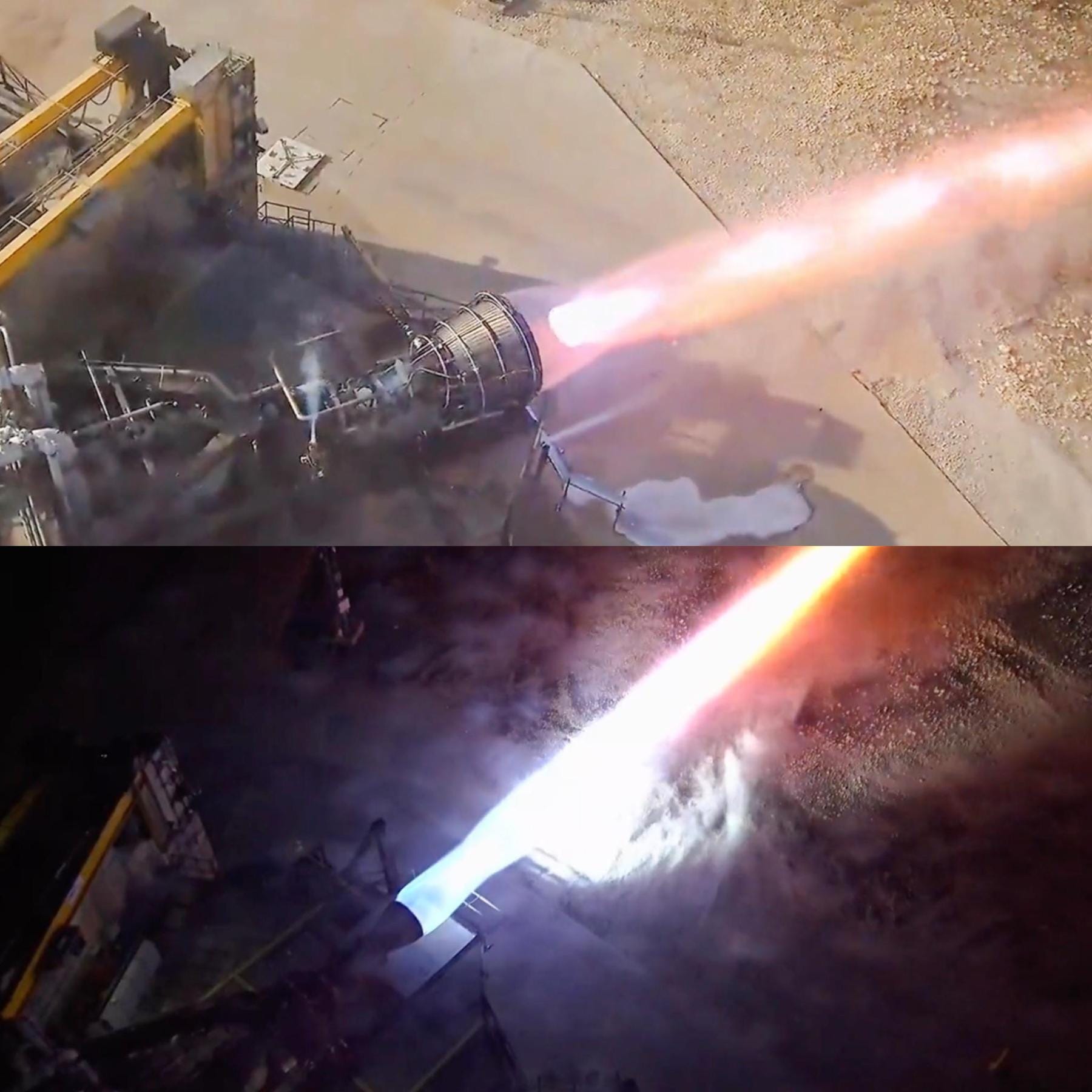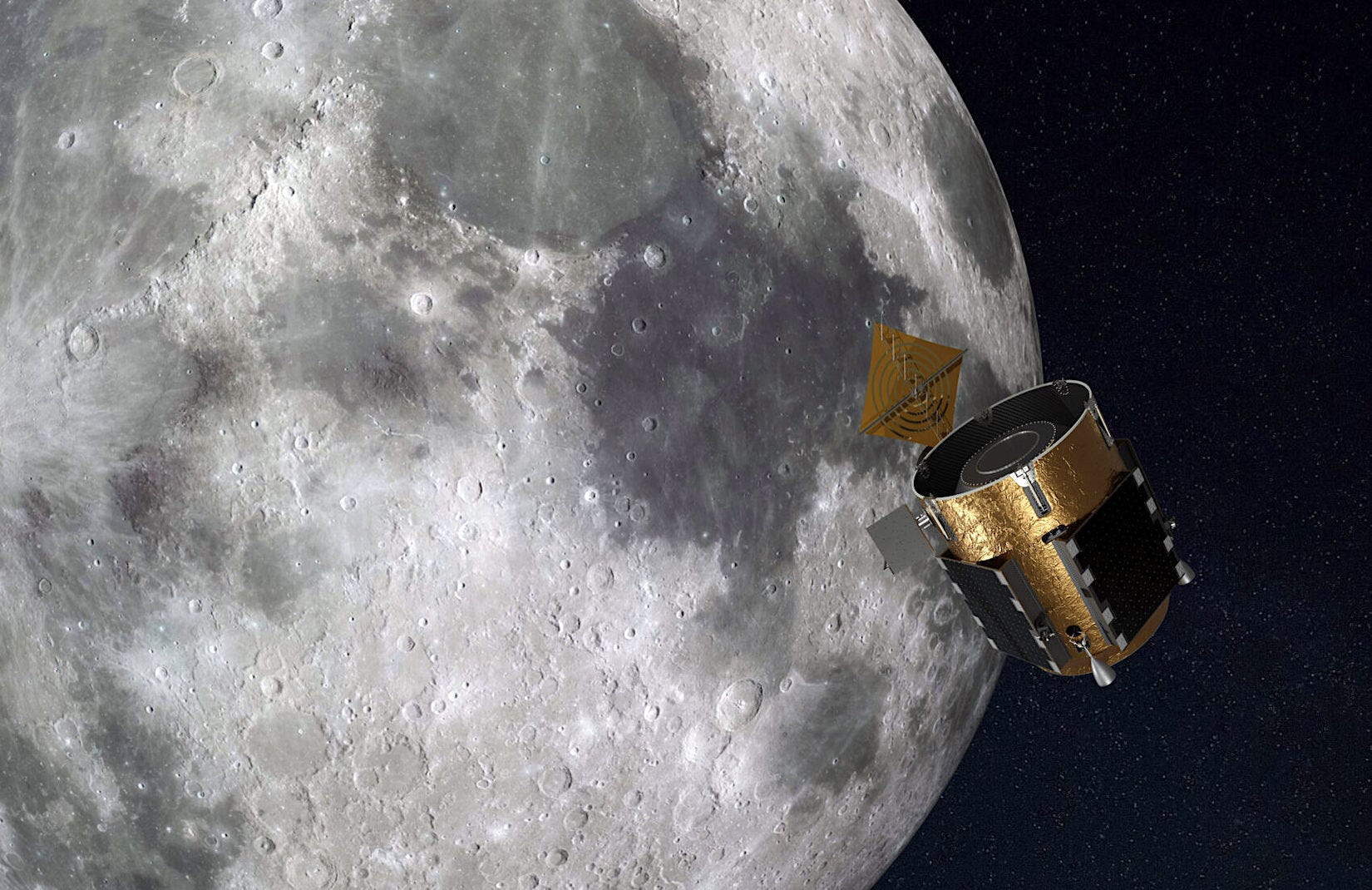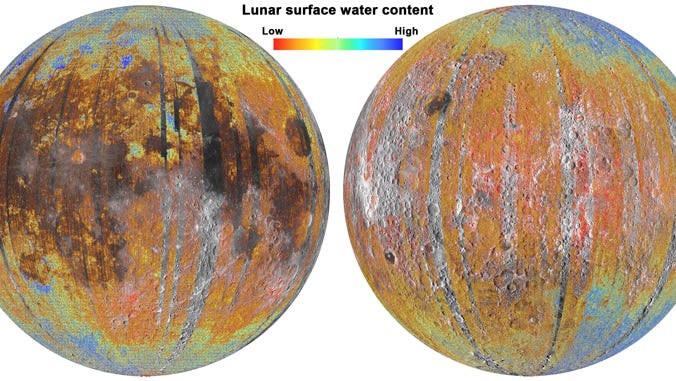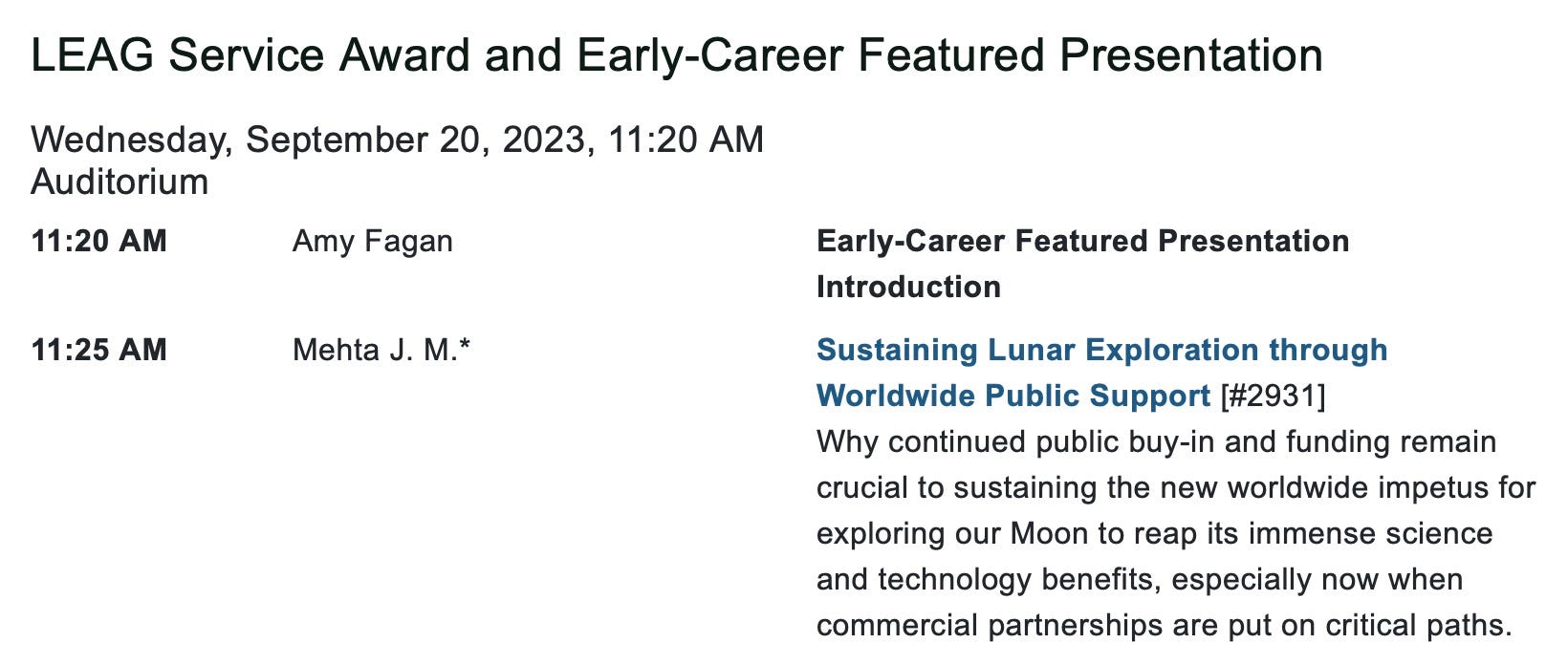Moon Monday #145: From Starship to Firefly and Earth’s magnetotail to Germany, lunar exploration progress deepened last week
Lunar Starship engines ignite

As SpaceX preps for the second test flight of its fully reusable Starship Super Heavy rocket, following April’s dramatic first flight, the company has meanwhile revealed that it performed a vacuum-optimized Raptor engine test fire last month. This firing demonstrates that its Lunar Starship engines should be able to ignite after long and cold coasting phases around the Moon. We know from NASA’s solicitation of deployed instruments for the upcoming crewed Artemis III landing that Starship will loiter in lunar orbit for one to three months before astronauts arrive in the Orion spacecraft to transfer to Starship for lunar landing. SpaceX also demonstrated a 281-second variable thrust Raptor firing to simulate the powered descent phase of landing on the Moon. Interestingly, NASA’s official post on the same doesn’t link to, embed, or include the Raptor demonstration videos but one picture.
Firefly wins add-on NASA CLPS contract for unique Moon-based astronomy mission

Following a $112 million contract to deliver an orbiter and two surface payloads to the Moon in 2026, Firefly has won an extended $18 million contract as part of NASA’s CLPS program to provide frequency calibration services for the mission’s radio astronomy payload called LuSEE-Night. For this second CLPS mission from the company, Firefly will use a similar “Blue Ghost” lander design as for its first CLPS flight in 2024 but also add an “Elytra” transfer stage to deliver the 280-kilogram Lunar Pathfinder spacecraft for ESA to lunar orbit. Pathfinder is a stepping stone towards Moonlight, ESA’s upcoming commercial navigation and communications constellation around Luna.
The Firefly lander itself will attempt a touchdown on the Moon’s farside carrying LuSEE-Night, which will push the boundaries of cosmology and lunarbound science by measuring faint but unique radio signals from our Universe’s ‘Dark Age’—a slice of time right before the first stars were born. The lander will also host the “User Terminal” payload to enable LuSEE-Night to communicate to and fro Earth via the Elytra stage in lunar orbit. Elytra will also provide radio frequency calibrations for LuSEE-Night.
Many thanks to Epsilon3, The Orbital Index and Arun Raghavan for sponsoring this week’s Moon Monday.
The lunar water mystery deepens

Especially for the last decade, scientists have been debating the varied cosmic phenomena contributing to making and/or depositing of water on our Moon and their relative contributions. Other than cometary and asteroid bombardments (also recently contested on its purported volume of deposited water) as well as volcanic water sources, the Sun’s proton wind and separately micrometeorites contribute to lunar water buildup.
New research based on India’s Chandrayaan 1 orbiter data suggests that even electrons from Earth hitting the Moon via our planet’s magnetic tail help form surface water. Relatedly, scientists published last year that some hydrogen and oxygen ions escape from Earth’s upper atmosphere and combine at the Moon to form lunar water too. To help scientists unravel the exact contributions of each lunar water source, it will take comprehensive measurements from upcoming missions that fly in the vein of NASA’s Lunar Trailblazer orbiter.
More lunar science
- China is constructing a 40-meter-aperture, movable radio telescope in Shigatse to provide technical support for the country’s upcoming robotic and crewed lunar missions. The telescope will also observe energetic astrophysical phenomena such as those taking place in regions around black holes. The radio dish will enhance China’s existing very-long-baseline interferometry network.
- Scientists reanalyzing Apollo 17 seismic data found that the three seismometers astronauts deployed on the Moon’s surface had been picking up minute vibrations from the lander structure heating and expanding on lunar mornings.
- The Arizona State University—which leads NASA’s Lunar Reconnaissance Orbiter—is looking for a Professor of Planetary Science, including in lunar science.
More Moon
- On September 14, Germany became the 29th country and ninth ESA member to sign the US-led Artemis Accords. Germany already being a major collaborator on NASA’s Artemis crewed lunar exploration program, and among the top three contributors to ESA, had made its hitherto non-signing of the Accords stand out like a sore thumb.
- JAXA has completed all health checks of its currently Earthbound SLIM lunar lander. With the compact spacecraft working alright, mission operators are now prepping for its pre-lunar-flyby Earth orbit insertion two weeks from now. This close-pass trajectory won’t be to insert SLIM into lunar orbit though. Much like the Advanced Space-led CAPSTONE and South Korea’s KPLO spacecraft, SLIM will take a longer but highly fuel-efficient route to the Moon, only targeting lunar orbital insertion about four months from now. SLIM will then spend a month in lunar orbit before attempting its 20-minute descent and ‘pinpoint’ lunar landing.
- The launch of Advance Space’s $72 million Oracle spacecraft, being built for the US Air Force to gain space situational awareness of cislunar space, is delayed to 2027 instead of 2025 as Sandra Erwin reports.
- Sponsored job listing: Epsilon3 is hiring a Software Engineer to work on its versatile web-based platform used by NASA, Blue Origin, Astrobotic, Firefly, Astrolab, and more to efficiently and safely manage complex spacecraft testing and operational procedures.
I’ll be presenting at LEAG!
I’m honored and stoked to share that I’ve been selected to deliver the “Early Career Featured Presentation” at the annual meeting of the NASA-backed Lunar Exploration Analysis Group (LEAG) this September 20! 🚀

LEAG helps the agency forge and meet its Moon exploration objectives with scientific, technical, commercial, and operational analysis. You can virtually attend LEAG and my talk by registering for free. I will share major updates from this September 20–22 meet as well as my talk video and slides right here on my Moon Monday newsletter. 🌗
